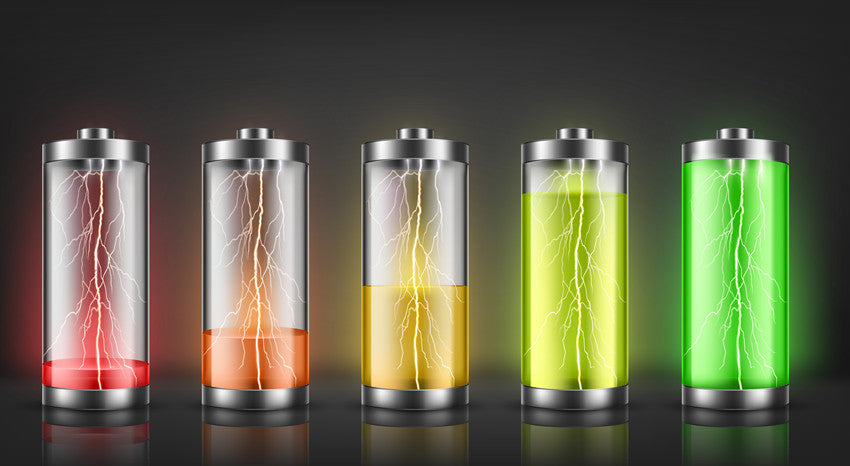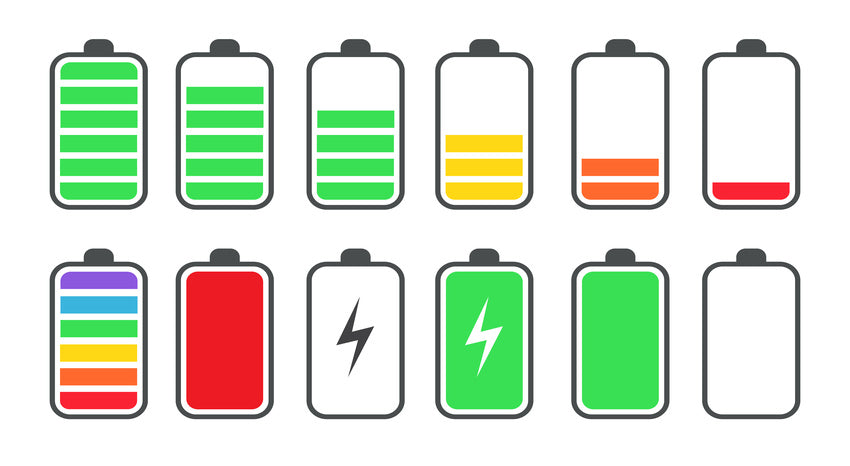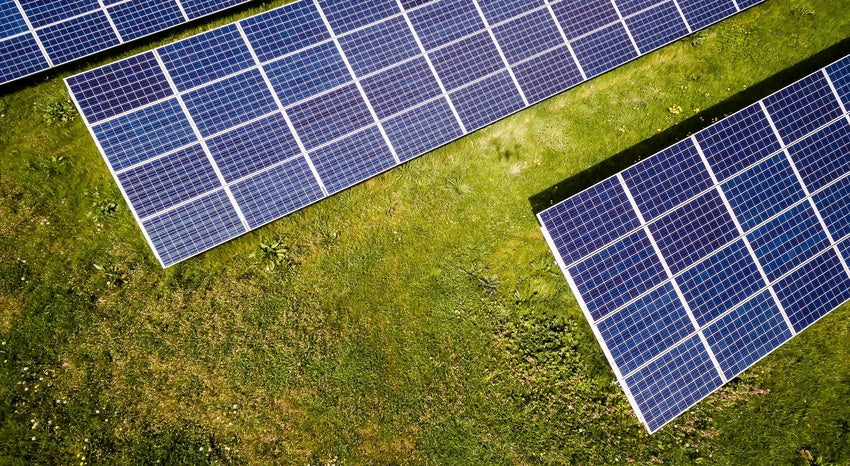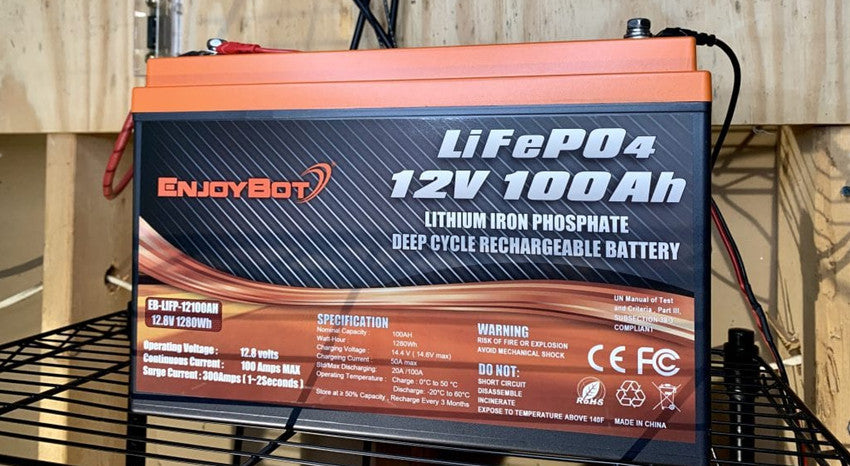Best Solar Battery Storage
Best Solar Battery Storage
Solar energy is a fantastic way to get electricity anywhere the sun shines. It works great but only when the sun is out, so it is critical to have the best battery possible for storing solar energy. The LiFePO4 battery chemistry is one of the best choices for solar energy storage for several reasons.
LiFePO4 solar storage battery
What Is Solar Battery Storage?
First, let’s simply define solar battery storage. Solar panels convert sunlight into power energy, but you can’t always count on having enough sunlight to supply consistent power on demand. If it is overcast or nighttime, you would be out of luck without a good battery.
When solar panels absorb the energy of sunlight, it is transferred to the battery until it reaches capacity. You can use the energy stored within when it is overcast or night and rely on fresh solar power when it is sunny. Batteries can also provide a larger amount of energy for a short period of time. It is possible to run a 1200-watt microwave on a 300-watt solar panel, but only if you have a battery to store and provide a larger amount of energy for a shorter period.
The battery bank is the heart of the solar system because none of the other components are much help without it.
Solar Battery Storage Options
As you might have read from the title, LiFePO4 is our top choice, and we specialize in power energy. It stands head and shoulders above traditional lead-acid batteries of all types, and we think it is the best battery option for solar.
Still, it is good to know your options. There are a few of the most common types of solar battery storage options.
Lead-Acid Batteries
Lead-acid batteries are probably the most common type that can be used for storage. The vast majority of gas-powered passenger vehicles operate with lead-acid batteries to power the starter and other electrical components.
Battery chemistry has been around for generations and is tried and true. You can easily find them, and they tend to be less expensive than lithium battery options. There are many different types of lead acid such as flooded, Gel, AGM, or crystal but they all perform similarly when it comes to storage.
Lead acid solar
These are industrial lead-acid cells that have been used in solar systems in the past. They are becoming obsolete due to their major drawbacks.
While lead-acid batteries have a lower upfront cost, solar battery storage has many disadvantages. Chief among these is their usable capacity; you can only discharge them to 50% before they suffer damage. Therefore, they also last for many fewer life cycles than lithium batteries. Charge rates are also slower and they would suffer damage when not fully recharged properly a common occurrence with solar energy systems.

Lithium-Iron Phosphate (LiFePO4) Batteries
As mentioned above, lithium batteries, like LiFePO4, have a more advanced chemical makeup. Though they are generally more expensive upfront cost, lithium batteries have proven their worth over the years in both small applications like cameras and cell phones as well as in large appliances and electric vehicles.
Lithium batteries store more power energy, put out more power and deliver a more consistent supply, and last longer, particularly compared to lead-acid batteries. Charging can start and stop anywhere in the charge cycle and they last thousands of more cycles than lead-acid batteries.
The initial cost is the biggest disadvantage of lithium batteries. They may be much more expensive initially, but it pays off in the long run. They normally last much longer.
LiFePO4 Batteries
Lithium-iron phosphate batteries can boast different kinds of chemistry depending on the application. Regarding solar battery storage, the LiFePO4 (lithium iron phosphate) has a battery chemistry that stands out above both lead-acid and other lithium batteries.
LiFePO4 batteries are widely regarded as the safest type of lithium battery, and they last for a decade or longer. They also provide flexible charging and deeper discharge cycles without damage.
Why LiFePO4 Batteries Are the Best Solar Battery Storage Option
As you can see, the positives of lithium iron phosphate batteries greatly outweigh the negatives. Their efficiency and consistent power energy output make them a clear winner. Let’s go over the specifics.
Long Battery Life
Battery life is where lithium iron phosphate (LiFePO4) batteries make up for the higher initial cost. A high-quality LiFePO4 battery like Enjoybot Energy is designed to last 3000-5000 cycles of deep discharging and still retain 80% -98% of its original capacity. This is critical for a solar system because batteries are used every night and recharged every day.
In reality, the battery life cycles are even higher as most discharges are not full. In solar applications, the cycle times of LiFePO4 batteries will usually satisfy you.
Little to No Maintenance
Because the Enjoybot LiFePO4 batteries come with a built-in battery management system (BMS), they are highly efficient. This also means that they need little to no maintenance. Even if you are using your battery for RVing or golf carts with constant movement and jostling, LiFePO4 batteries still hold up well.
Lightweight
LiFePO4 batteries also come with considerable weight savings. They typically weigh about one-third to one-half the weight of lead-acid batteries. This means you can increase your battery pack since it takes two or three LiFePO4 batteries to equal the weight of one lead-acid battery. Meanwhile, LiFePO4 batteries also have more usable capacity, which maximizes their weight-to-power ratio.
Fast Charging Time
LiFePO4 batteries offer lower resistance, and they don’t need a float charging cycle. So LiFePO4 batteries charge much faster than lead-acid batteries. When you are relying on solar energy, a battery that recharges faster is significant. If you are living in an area that only gets a few hours of pure sunlight each day, the charging time will be even shorter.
LifePO4 charging Times
Here is an example of solar system power in watts charging a LiFePO4 battery. As the sun climbs for the first part of the day, the battery rapidly takes the charge of almost 2000 watts. Notice that once it is charged, it immediately goes to a float charge. Other battery types taper off and can waste solar energy or not get fully charged if there is not enough sunlight.
Environmentally Friendly
LiFePO4 batteries are non-toxic and recyclable. Many of us want to use solar energy for its environmental benefits, so it only makes sense to use solar battery storage that is not detrimental to the environment. They don't emit harmful gas and have no risk of acid spills.
How Much Do LiFePO4 Batteries Cost?
A 100 - 300 amp-hour LiFePO4 battery typically costs between $339 - $1200. That certainly sounds more expensive when compared to the lead-acid battery which cost around $200. But remember that they won’t damage in deep discharging, LiFePO4 batteries can easily work for 10-15 years with between 3,000 and 5,000 cycles.
What are you Looking for in Solar Battery Storage?
While we have already talked about why LiFePO4 batteries are good for solar storage, we also want to make sure you understand all that goes into choosing a great battery.
The flexible and fast charging cycle
- LiFePO4 battery has 100% usable capacity (otherwise you need to stop using the battery under certain conditions to prevent damage).
- Long battery life under solar charging and discharging conditions.
- Safe and non-toxic.
- Good energy density to pack more power into a smaller space.
Usable Capacity
Usable capacity considers how much the battery can discharge before it sustains damage. If you have batteries that cannot be fully discharged, you must program the solar system to cut off power early or risk battery damage.
Let’s look at an example: Battery A is a lithium-iron phosphate (LifePO4) battery rated for 200 amp-hours, and Battery B is a 200-amp-hour lead-acid battery. You might think that lithium and lead-acid batteries have the same usable capacity because they have the same power rating. However, you can completely discharge Battery A without causing it damage. But if you let Battery B dip below 50%, it will sustain damage that shortens its lifespan and power capacity.
Because of the potential damage issues, Battery A provides a full 200 amp-hours of energy. Meanwhile, Battery B only provides 100 amp-hours. Therefore, the practical, usable capacity of Battery A is twice that of Battery B.

Battery Life
Always factor in your battery’s lifespan, especially when you are considering the cost. A lead-acid battery can cost a couple of hundred dollars, while a lithium-iron-phosphate battery might run several hundred or upwards of a thousand dollars. But when you think about how long your battery lasts, you will recognize the colossal bang for your buck.
This is a test we ran comparing one of our LiFePO4 batteries to a traditional lead-acid running deep discharges. The test was stopped for the lead acid when 80% of its original capacity was left. It only did 100 cycles which would be less than a year in a solar system. The Enjoybot Energy battery was on its way to 5000 even with deep discharges.
Lithium batteries also last the longest under solar charge and discharge conditions that change rapidly. As the sun comes and goes, charge and discharge cycling can happen tens to hundreds of times per day.
Safety
While it is not very common anymore, you can purchase non-sealed lead-acid batteries. They require significantly more maintenance than other battery types, and if they are jostled too much (like in an RV or golf cart), they could leak battery acid. This is a safety hazard, and it is toxic to the environment.
Additionally, most batteries can emit flammable or toxic gases if they overheat or are not well-ventilated. Some traditional batteries present more of a hazardous gas problem than others. For example, the lead-acid battery is likely to produce a gas called hydrogen sulfide, which smells like rotten eggs and is colorless, flammable, and very poisonous.

Conclusion
When weighing the options for solar battery storage, there is really no argument, lithium iron phosphate (LiFePO4) batteries are the best option. Advanced technology and battery chemistry can stand the test of time and be worth every cent.


















![[Upgraded Version] Enjoybot 14.6V 20A Waterproof Mountable LiFePO4 Lithium Battery Charger For 12V LiFePO4 Battery](http://enjoybot.com/cdn/shop/files/14.6V_20A_Waterproof_Battery_Charger_1_360x.jpg?v=1752565609)
![[Upgraded Version] Enjoybot 14.6V 20A Waterproof Mountable LiFePO4 Lithium Battery Charger For 12V LiFePO4 Battery](http://enjoybot.com/cdn/shop/files/14.6V_20A_Waterproof_Battery_Charger_2_360x.jpg?v=1752637374)















